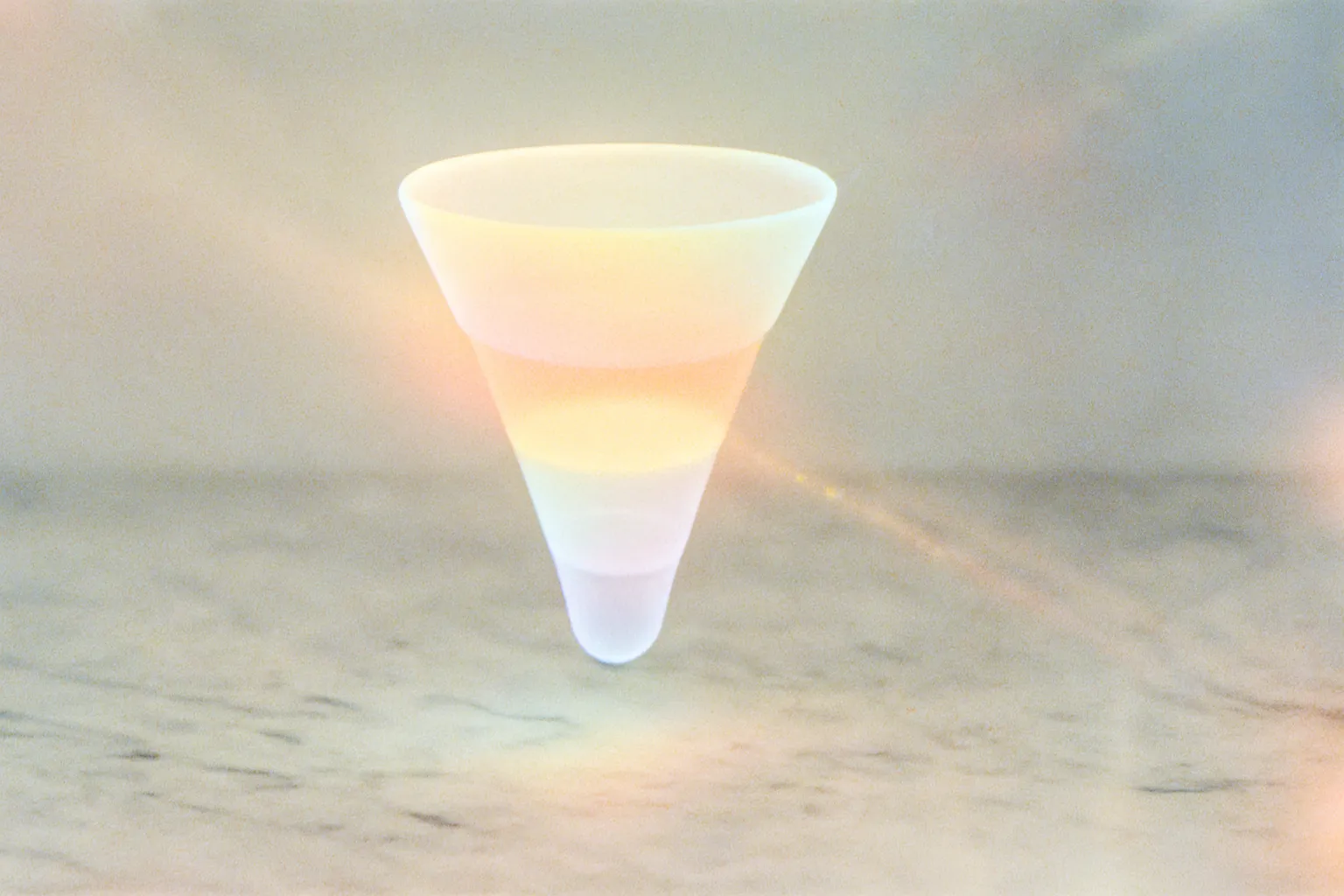The Growth Journal
Your guide to smarter, faster, and more effective marketing
Stay Ahead in Growth Marketing
Get fresh strategies, creative ideas, and real-world case studies from our team, straight to your inbox every month.
Thank you! Your submission has been received!
Oops! Something went wrong while submitting the form.




